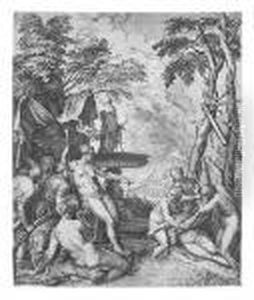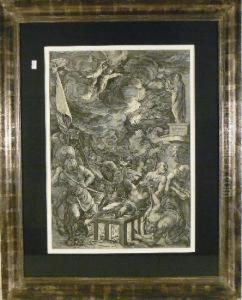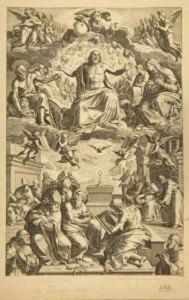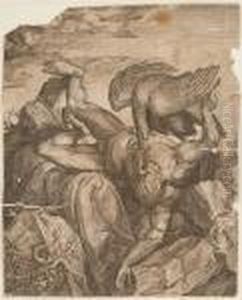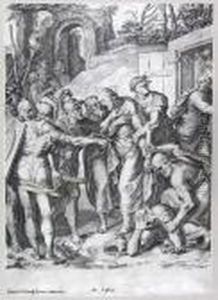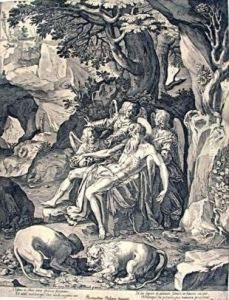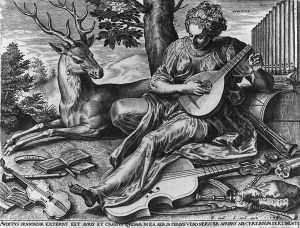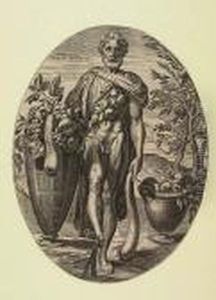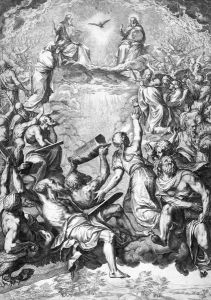Cornelis Cort Paintings
Cornelis Cort was a Dutch engraver and draughtsman born in Hoorn, Holland, around 1533. He is considered one of the leading figures in the development of the engraving technique in the late Renaissance. Cort initially trained in his homeland, but his work and influence spanned across Europe, with significant time spent in Italy, which was a center for the arts during the Renaissance.
Cort began his career as an engraver in Antwerp, where he worked for the publisher Hieronymus Cock. His engravings after Pieter Bruegel the Elder's designs are some of his most renowned works from this period. These works exhibit a high level of detail and helped to disseminate Bruegel's designs throughout Europe.
Seeking to advance his skills and reputation, Cort moved to Italy in the early 1560s. In Venice, he worked with Titian, one of the most prominent painters of the time. Cort's engravings after Titian's works contributed significantly to the spread of the Venetian style. His collaboration with Titian was crucial in establishing his reputation as a master engraver.
While in Rome, Cort became part of the circle of artists around the influential Cardinal Alessandro Farnese. During his Roman period, he produced engravings after the works of Michelangelo, Raphael, and other Italian masters. His engravings were not mere copies but interpretations that added a Northern European sensibility to the Italian originals.
Cort's work is characterized by a dynamic and expressive style, with a strong sense of movement and an emphasis on contrast between light and shadow. He was skilled at translating the chiaroscuro effects of painting into the black and white medium of engraving. This skill made his prints highly sought after by collectors and artists who wished to learn from his techniques.
Cornelis Cort's contributions to the art of engraving were significant. He helped to elevate the status of the engraver from a mere copyist to an artist in their own right. His engravings were collected and studied by artists for generations, influencing the development of graphic arts across Europe.
Cort died in Rome in 1578, leaving behind a legacy as one of the most skilled and influential engravers of the Renaissance. His works continue to be appreciated for their technical excellence and artistic beauty.
